In an industrial process, as valves are used for control flow and pressure in pipelines carrying liquids, gases, vapors, etc. For this purpose, we will address here the use of conventional globe valve models and also piston globe valves.
Conventional Globe Valve
Widely used in industrial processes for fluid flow control and pressure regulation, this type of valve is characterized by its globe-shaped body.
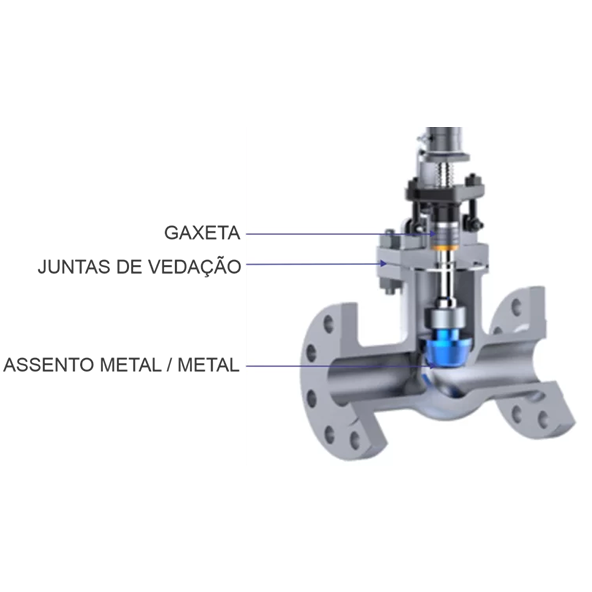
Conventional globe valves use compression packings as sealing elements. This type of material offers reliability and is recommended for a wide range of industrial applications..
However, the use of gaskets in globe valves develop recurrent leaks and the replacement of this material is necessary. This gasket change is made difficult by access to it and also by the need to depressurize the entire line, since this maintenance must be done without any pressure in the valve.
This type of valve also uses gasket between the body and the castle. This type of seal may leak and, sometimes, results in erosion of the sealing surfaces, being replacement of damaged parts required.
Bearing in mind that globe valves also use metallic type internal sealing, it is possible for leaks to appear, considering, considering that this type of controlling falls into class IV, dripping is allowed. In addition, considering that this type of seal does not have perfect contact, dirt may accumulate on the sealing surface and erosion of these surfaces may occur.
It is important to note that, any loss of steam must be analyzed and corrected, because it means wasted time, operation and also money.
Steam loss through leakage to the atmosphere (kg per hour)
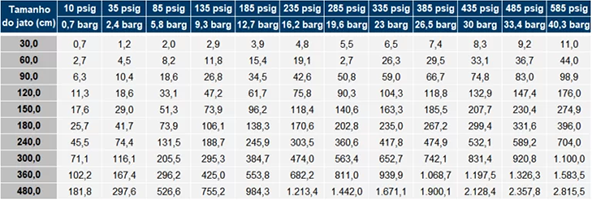
SOURCE: UTILITY LEAK PREVENTION
*STEAM JETS ARE MEASURED IN LENGTH ONLY
Considering the table above, which relates the size of the leak jet with the maximum steam flow, if we take as an example a line pressure 9,3 bar and a jet of steam leaking from 90 cm, the steam loss will be 26,8 approximately kg / h.
Also considering the operating time: 24/7; 30 days / month, the total steam lost per month will be 19,3 tons.
Assuming a cost of R $ 60,00 by Ton, the total lost will be R$ 1.157,76 a month.
The red flag in case of the conventional globe valve is that, all these setbacks presented would result in high maintenance cost, waste of inputs and unwanted production stops, considerably impairing the cost-benefit ratio of using these valves.
Piston Globe Valves
Piston globe valves, in turn, feature cost-benefit that make the investment viable.
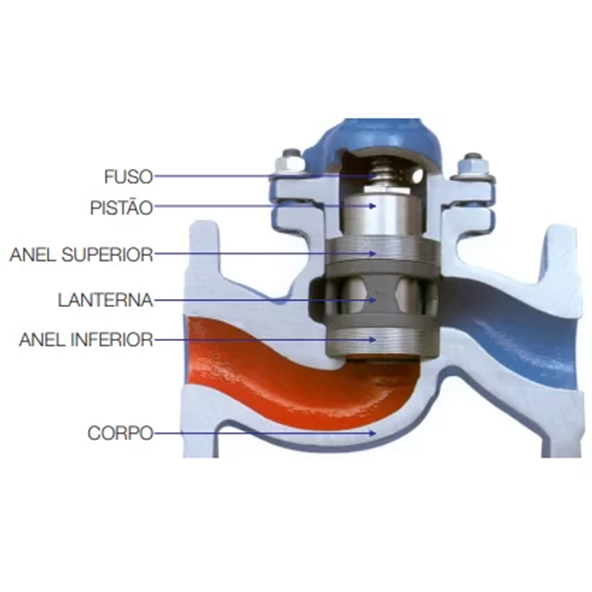
The sealing system of the piston valves is done by means of graphite rings that are in contact with the piston.. This seal type, class VI, ensures tightness for both the line and the atmosphere.
KLINGER exclusive sealing system of piston valves ensures Class VI sealing according to ANSI / FCI70-21, Standards, referring to the passage of fluid to the line.
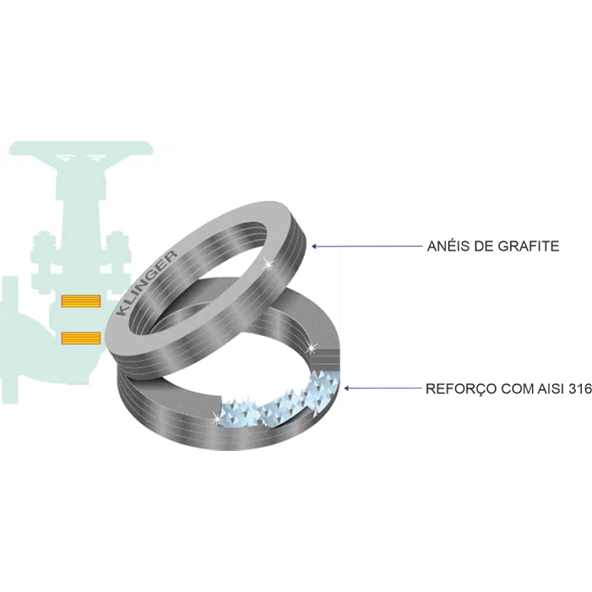
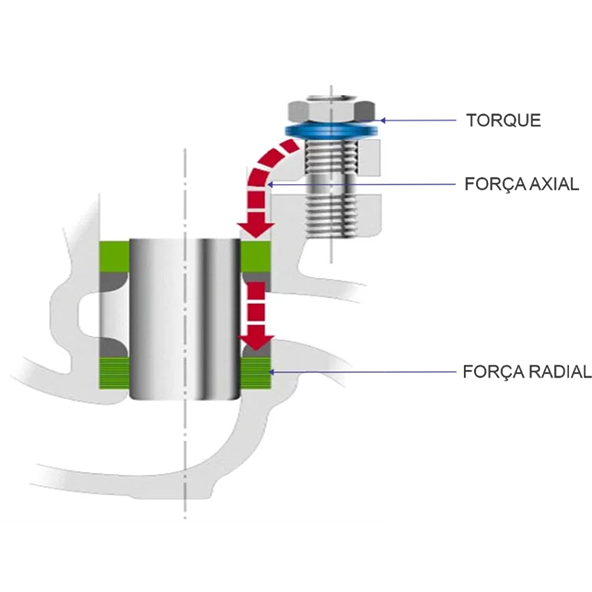
The piston valves have a low cost maintenance, as it is usually, necessary to replace only the sealing rings, items that cost approximately 5% of the cost of the valve. Maintenance is also easier, since the valve can be repaired by keeping the body installed in the pipeline.
Considering the piston valves characteristics, it can be said that this type of valve offers greater reliability against accidents caused by leaks.
keep image
In addition, energy savings and other inputs inherent to the process result in irrefutable cost-effectiveness.
In addition to steam and condensate collection systems, the KLINGER piston valve is proven effective in applications such as thermal fluids up to 350°C, chemical fluids (stainless steel version) and gases.
This type of valve, It is also available with a special inner part for fine adjustment.. However, this feature is unique to the KLINGER piston valve.
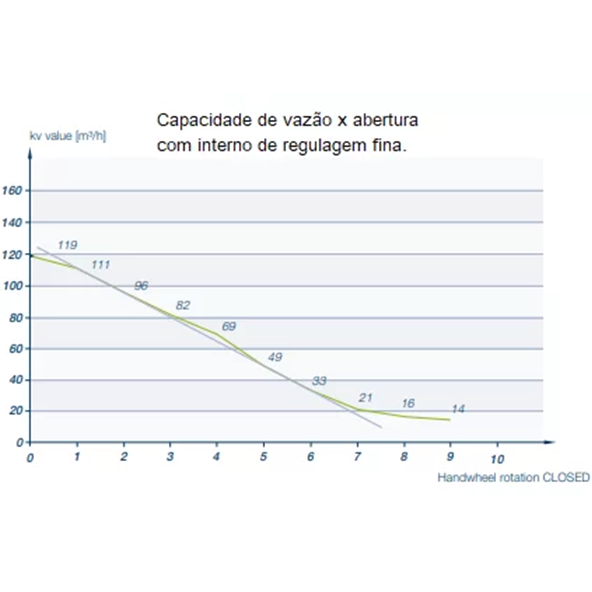
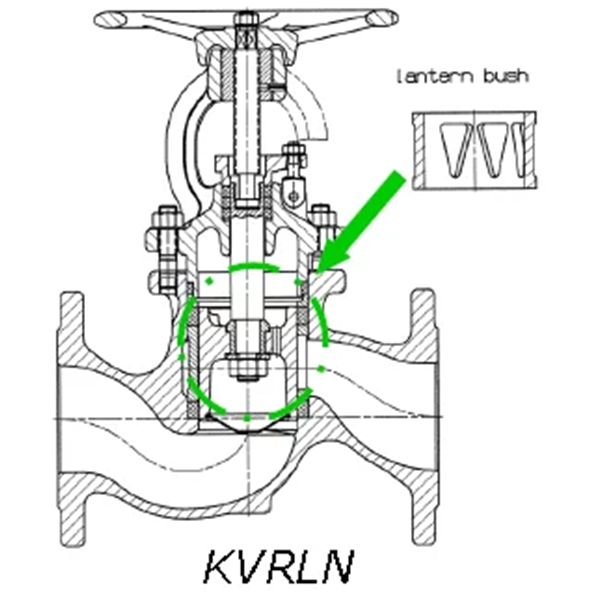
Learn more about valve components
Piston globe valves use materials used in sealing, to ensure the fruition of the substances, but with the complete safety of industrial sealing so that fluids are not lost.
Here in the Our site, do you know the different types, application sites and also information about this and other components used in the industry for sealing, monitoring and controlling fluids.
E no Linkedin da KLINGER Brazil, it is possible to follow news of the segment, more information about products, you say what kind of material to use and other content under control, fluid monitoring and sealing.



